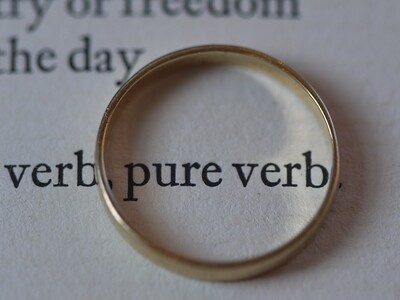Components of a Sentence: Identifying the Sentence Core
Every language has its own sentence structure and rules for what is included. Word order is particularly important in English grammar. The basic structure of sentences in English is S-V-O, or subject-verb-object. This means that, in most cases, the subject always appears before the verb. We will address the object in the next section.
Clearly written, complete sentences require key information: a subject, a verb, and a complete idea. (Some verbs (transitive verbs) require an object (O), and some verbs (intransitive verbs) don’t to make a complete idea. Most verbs are transitive. A sentence needs to make sense on its own. Sometimes, complete sentences are also called independent clauses. A clause is a group of words that may make up a sentence. An independent clause is a group of words that may stand alone as a complete, grammatically correct thought. The following sentence has three independent clauses (in brackets).
- [We went to the store,] [we bought the ingredients on our list,] and then [we went home].
All complete sentences have at least one independent clause. You can identify an independent clause by reading it on its own and looking for the subject and the verb.
The video linked below explains the basics of sentence structure.
LICENSE AND ATTRIBUTION
“Sentences” by Leandra Binder is licensed under a Creative Commons Attribution-NonCommercial-ShareAlike 4.0 International License and adapted work from the source below:
- “12.3: Word Order and Sentence Structure” of Writing, Reading, and College Success: A First-Year Composition Course for All Learners 2023, used according to creative commons CC BY-SA.
- “13.3: Subject-Verb Agreement ” of How Arguments Work – A Guide to Writing and Analyzing Texts in College (Mills), used according to creative commons CC BY-NC-SA 4.0.




